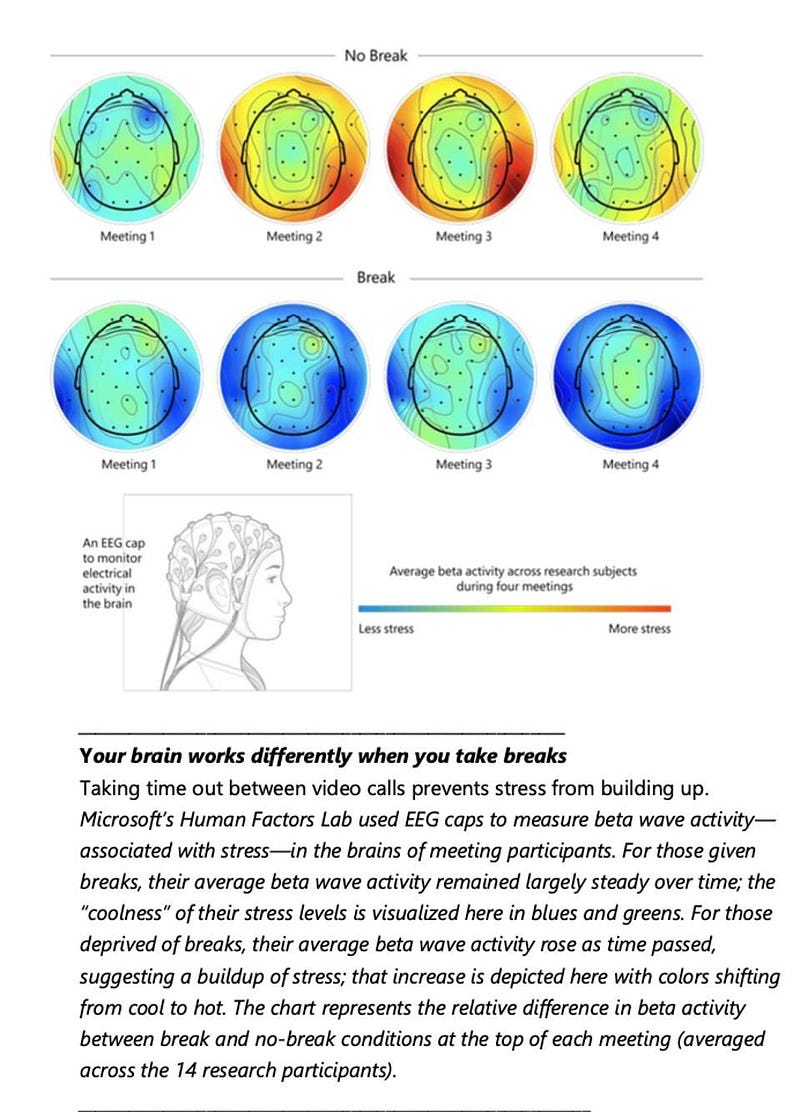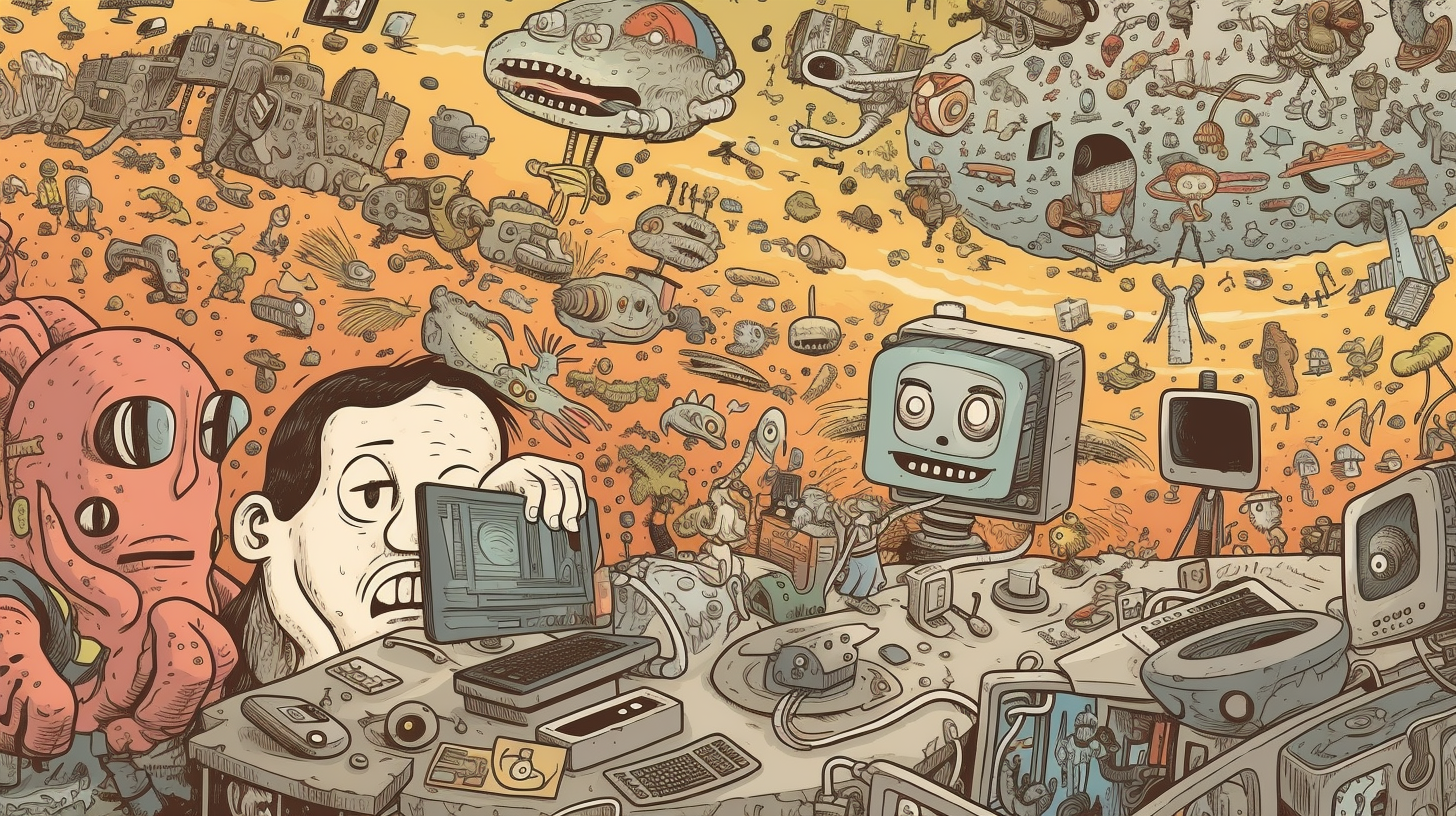Architecting Manchester - Remote Work Retro
What an apt title to get started writing again 😄

If you are unaware of what Architecting Manchester is, then take a read of my first article about this meetup for some extra information.
What is a retro?
A retro (or to use its official name, retrospective) is a process of looking back over a period of time in order to reflect on what has happened. This is one of the most important aspects of working in an agile way. How can you improve if you do not reflect on what has just happened? It is the law of innovation 😉.
How was the retro organized?
The retro was organized into three main areas:
- What was good?
- What was bad?
- What was unsure/uncertain/weird?
With additional areas for:
- Actions
- Ideas
The bad

Online meetups
I think anyone that has ever been to a meetup can agree that it is not the same when done online. The tooling has matured to a point where it is easy for people to attend these online events, but it cannot replace the social side of it. The majority of online meetups are a collection of talks where most of the socializing are done in a chat window. If the event has a high turnout then it could be very noisy in the chat, and any questions that you want to ask the speakers could be lost in the flurry of messages.
However, the advantage of having these meetups online is they can reach a much wider audience. They are not longer restricted to an audience from the local area. I have been to meetups recently where there have been attendees from other countries 🤩!
Online socials
This point focuses on the socializing that we do with our work colleagues. During the lockdowns where everybody was confined to their homes, it spawned the idea of online socials. These social events came in a number of flavors.
- Quizzes 💯
- Video games 🕹️
- Beers over Zoom? 🍻
These were some great ideas, however, they came with additional overhead in terms of getting these things set up. Sometimes these events would run every week, which looking back would have been a nice way to interact with people if you were living alone.
Now the lockdowns have since disappeared 🤞🤞🤞 we are now able to meet in person. However, some of these ideas I think will stay. One of the actions that came from the discussion during the retro was that these types of things are great, but there needs to be an adequate gap between events.
Non-stop video calls
Yet another common thing that lots of people would have been experiencing. From the discussions, it turned out that this was a big issue during the start of the first lockdown. This could have been due to a number of factors:
- Management can’t see you anymore 🙈
- Quick discussions that could have been done in person are allocated blocks of time (which need to be filled) 🗣️
- There are lots of company updates 📢
- Genuine panic (lots of unknowns. Need to keep checking up on things) 😱
Once things calmed down it still remained an issue. One of the main issues may be due to the way you can book time in a calendar. If everyone is booking on the hour or half-hour, it can quickly fill up your calendar. Also, this way of booking means that any attendees that are in back-to-back meetings do not get time to refresh!
Forbes produced an article detailing this digital fatigue which showed that our ability to focus and engage drastically diminishes if we are not able to take a moment to “reset”.

Peter Willingham gave an excellent suggestion when he mentioned a feature of Microsoft Outlook that helps to end meetings early, giving time to take a break before diving into the next one.
Another suggestion was to ensure that you only invite people to the meeting that need to be there. By all means, you can add them to the invite, but make it optional. This is advantageous because people may have a lot of work to do, and if they have tight deadlines then they may be working throughout the meeting (which you will notice when you ask them a question and they ask you to repeat it 😅). In order to aid the people setting up these meetings, it is a good idea to block out time in your calendar for productive time (suggested by Jose Almeida). This helps coordinate meetings and can save your 🥓 when you realize that this person may not need to be involved in the discussion.
Forced fun
It has been a tough year, and people have been worried about the future. In order to help with morale a lot of companies introduced some fun activities to get people chatting and to maintain the level of company culture that existed when everyone could be together. However, some of these activities may have sparked a bit of cringe or have been considered a bit of forced fun.
Personally, I have enjoyed these little activities. At Dootrix we had a Monday Morning Huddle where someone was tasked to prepare an activity. These were mostly quizzes (because they are the simplest things to do with a bunch of people over a video call). And it was a fun way to start the week 😁
Looking at it from a new starter's perspective, these might have been a good vehicle for getting to know what the company culture is like. Having them attend video calls where it is all about company updates or planning work does not give them insight into their new work colleagues' personalities.
Time saved commuting
Wait…what…why is this a bad thing 🤔?
This was discussed as a bad thing because it turns out that the time saved commuting ended up with that time being spent doing extra work. Obviously, this is a great outcome from a business perspective, but working extra hours you don’t have to could end up contributing to burnout. It also means that the work/life balance that goes with the remote working label suffers because you start to degrade the segregation between home and work time.
An action that came from this was to make a fake journey to/from the office. This helps to physically tear yourself away from your work — make sure you turn off your machine! I find that if you go for a walk then it is a good time to reflect on the day (and give your eyes a well-needed rest).
Onboarding new people
With a distributed team it can be a lot more challenging to build relationships. It is easy to get your head down and work and have minimal interactions with your co-workers. This can make it more difficult for new employees to feel like they're part of the team and to get the support they need.
It can also be more difficult to learn the ropes. When teams work remotely, they don't have the same opportunities to learn the ropes by watching and observing their colleagues. This can make it more difficult for them to get up to speed on their new role and to understand the company culture.
Less creative
As mentioned in the previous point, a lack of social interaction can have an impact on the team. As feelings of isolation and loneliness can stifle creativity. There are also a plethora of distractions when working at home - we are more likely to be distracted by things like pets, children, and household chores. This can make it difficult to focus and be creative.
A lack of serendipity! When people work in an office, they are more likely to have serendipitous encounters with their colleagues. These encounters can spark new ideas and creativity.
And also, a lack of resources that can aid in creative work. When people work remotely, they may not have access to the same resources as they would if they were working in an office. This can make it difficult to be creative.
Differences in WFH setups
Distractions! You may be working in a dedicated room in your home (which would be ideal) OR you are in the busiest room of the house. Either way, there will be distractions. A team member that works in a noisy environment may be more likely to be distracted by noise than an employee who works in a quiet environment.
There may also be differences in equipment. In an office, you are more likely to have the same equipment as everyone else (mainly thinking of a two (or three) monitor setup). When working at home you may only have a single laptop screen to work from if you do not have a dedicated desk to work from.
The good

Getting creative with meetings
A number of tools have become available, especially during the COVID-19 epidemic, that enable remote teams to collaborate more effectively. Tools like Figma and Miro are amazing for collaborating on designs and facilitating planning and retrospectives.
It's also important to take breaks throughout the day, even when you are working remotely. Getting up and moving around, or taking a few minutes to relax and clear your head, can help you to stay focused and be more creative.
When the team has a creative breakthrough, be sure to celebrate. This will help to keep everyone motivated and engaged! 🥳
Businesses kept afloat
Many companies decided that it was time to remove the overhead of an office. This will have been a massive cost saver that ultimately enabled them to stay afloat during the pandemic. Although it wasn't ideal for some employees, keeping an office would have meant sacrifices would be made elsewhere.
Challenging assumptions
The main assumption that often comes up is that remote workers are less productive. While this may be true for some people, I have found myself to be more productive at home (given the right environment). It is easy to use the tools to ensure that during heavy work sessions that there is a reduced chance of disturbance. And studies have shown that remote workers are just as productive, if not more productive, than in-office workers. In fact, a study by Stanford University found that remote workers were 13% more productive than in-office workers.
Another assumption is that remote workers are less engaged. However, studies have shown that remote workers are just as engaged, if not more engaged, than in-office workers. In fact, a study by the Society for Human Resource Management found that 77% of remote workers are "very or somewhat engaged" in their work.
And finally, remote workers are more likely to be isolated. While it is true that remote workers may not have the same opportunities for social interaction as in-office workers, there are a number of things that businesses can do to help remote workers stay connected. These things include providing access to video conferencing tools, setting up regular check-ins, and encouraging employees to participate in team activities.
Flexibility to do what you need at home
Teams can set their own hours (if allowed). This means that they can work around their personal commitments, such as errands. For example, a remote worker could take a break in the middle of the day to run an errand, or they could work late at night after their children have gone to bed.
Teams can work from anywhere. This means that they can work from home, a coffee shop, or even the park. This flexibility can make it easier to run errands, as remote workers can simply take care of them on the go.
Teams can take breaks as needed. This means that they can take a break to run an errand without having to worry about losing their place in a meeting or being interrupted by their colleagues. This can help remote workers to stay focused and productive, even when they have other commitments to take care of.
Watching hair grow! 🌱
This was not mentioned in the meetup but I thought it was an interesting point...
When you're not commuting, you're not taking as much time out of your day to get ready. This means that you're probably not styling your hair or shaving as often. And when you're not around other people as much, you're not as likely to be self-conscious about your appearance. This can lead to you letting your hair and beard grow out a little bit more than you normally would.
So each time you are on a video call (if they DO go on video), you will see changes every day 😅
The weird

Expanded talent pool
Remote work has enabled companies to pick from an expanded talent pool by removing the geographic barrier to hiring. In the past, companies were limited to hiring candidates who lived within commuting distance of their office. However, with remote work, companies can now hire candidates from all over the world. This expanded talent pool gives companies access to a wider range of skills, experience, and diversity, which can help them to improve their bottom line.
There are a number of benefits to hiring remote workers. Remote workers are often more productive, as they are able to work in a distraction-free environment. They are also more likely to be engaged in their work, as they are able to set their own hours and work from a location that they are comfortable with. Additionally, remote workers can save companies money on office space and other overhead costs.
Of course, there are also some challenges to hiring remote workers. One challenge is that it can be difficult to build relationships with remote workers. Another challenge is that it can be difficult to manage remote workers, as they are not physically present in the office. However, these challenges can be overcome with careful planning and execution.
The silence when everyone is on mute
I was on a video call the other day, and we were all waiting for someone to start talking. We were all on mute, and there was this awkward silence. It was so quiet that I could hear my own heartbeat 😂. I started to fidget in my chair, and I could tell that everyone else was feeling the same way. Finally, after what felt like an eternity, someone broke the silence. They said something, and the call started flowing again. But for a few moments there, it was like we were all in our own little worlds, trapped in our own silence. I am 100% that this is relatable to most people!
Conclusion
The Architecting Manchester meetup was a great opportunity to learn about the advantages and disadvantages of remote work. The different experiences that people shared made the discussion flow very well, and I learned a lot from everyone's insights.

Here are some of the advantages of remote work that were discussed:
- Increased flexibility and control over work-life balance
- Reduced commuting time and costs
- Improved productivity and focus
- Increased opportunities for collaboration and teamwork
- Access to a wider talent pool
Here are some of the disadvantages of remote work that were discussed:
- Lack of face-to-face interaction
- Social isolation
- Difficulty with communication and collaboration
- Increased risk of distractions
- Challenges with managing time and boundaries
Overall, the consensus was that remote work can be a great option for many people, but it's important to be aware of the potential challenges before making the switch. If you're considering remote work, I encourage you to weigh the pros and cons carefully and make sure that it's the right fit for you.
